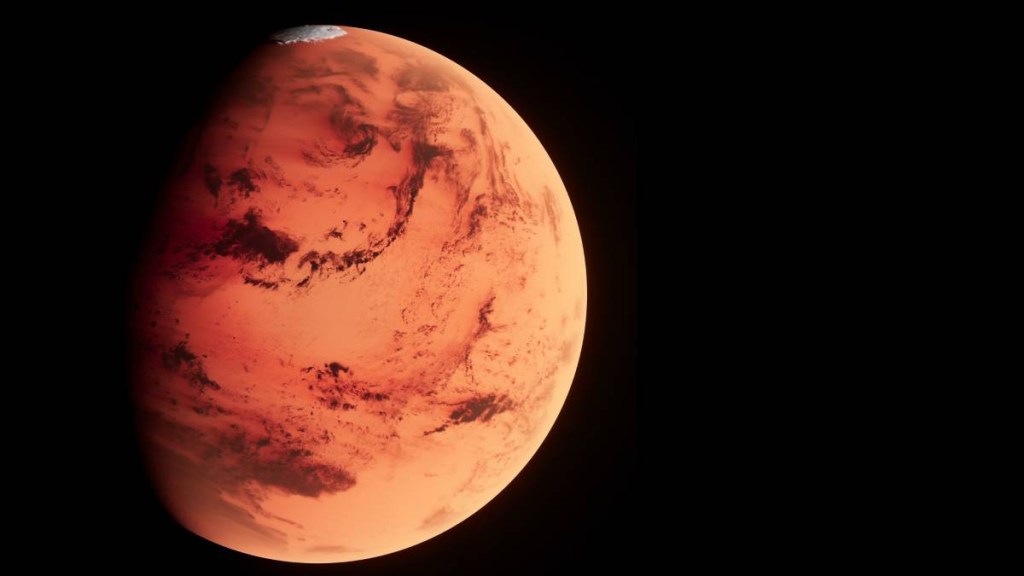For the next two weeks Mars will lose every communication with any space agencies. But not to blame this red planet as it’s because of the Sun. This celestial vanishing act happens every two years during what’s called a solar conjunction, and this year, it’s scheduled from November 11 to November 25. During this time, Mars gets real cozy with the Sun, coming within 2 degrees of it.
So, why the radio silence? Well, it’s like a cosmic game of hide-and-seek. Earth and Mars, on their journey around the Sun, end up on opposite sides, hidden from each other by the Sun itself. It’s like two dancers on either side of a giant bonfire, temporarily unable to see each other.
For about two weeks, starting from November 11, any talk we want to have with spacecraft around Mars will be seriously hampered. This isn’t the first time we’ve faced this blackout. Space agencies like NASA and China’s CNSA have been studying Mars for over 20 years, using spacecraft to uncover its secrets. But during solar conjunction, it’s like we’re on a space timeout.
Mission controllers at NASA’s Jet Propulsion Laboratory and other space hubs have smart strategies for dealing with this. They power down some instruments, save data from others, and in some cases, they keep sending data to Earth, knowing some might get lost in the solar shuffle.
Here’s the drill: no new instructions are sent to Mars during this time. Engineers load up two weeks’ worth of commands in advance and cross their fingers. It’s a bit nerve-wracking because the Sun’s charged particles can play havoc with our communication, but hey, it’s all part of the space game.
Luckily, autopilot tech has come a long way. Engineers prep their spacecraft like parents getting their kids ready for a trip – sending up all the necessary instructions beforehand. It’s a little break in our interplanetary conversation, a reminder of the huge distances and tricky celestial mechanics in our quest to explore the cosmos.

